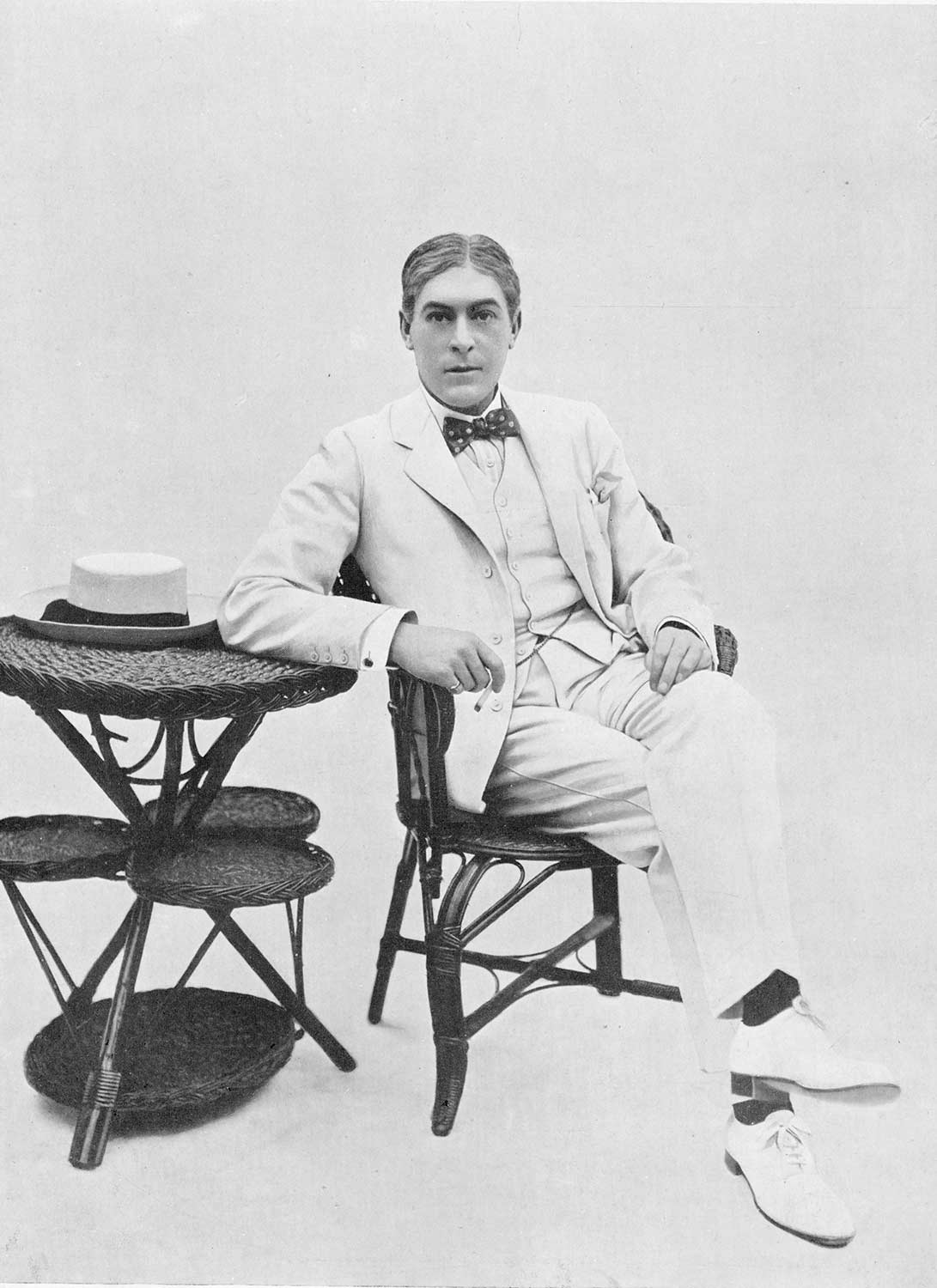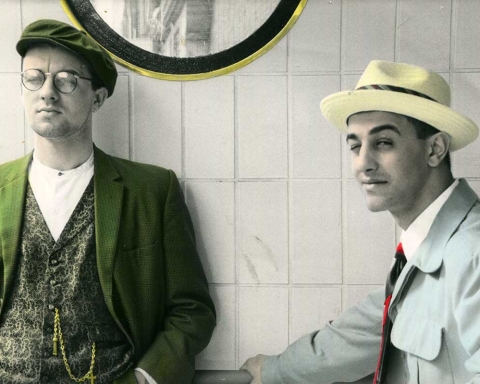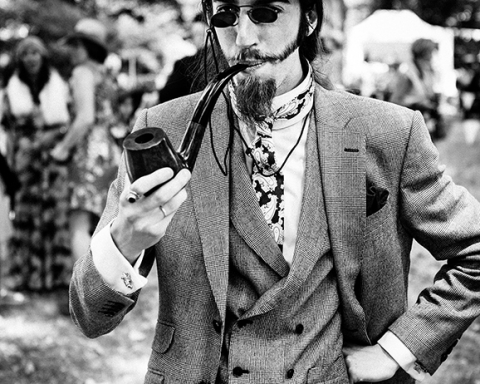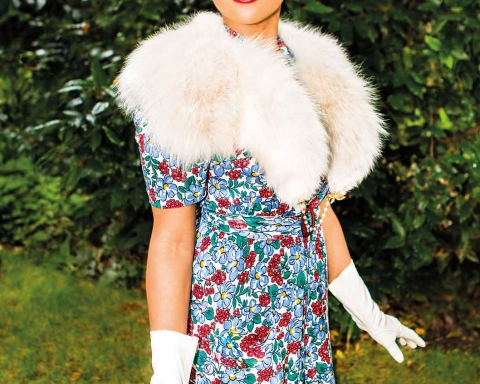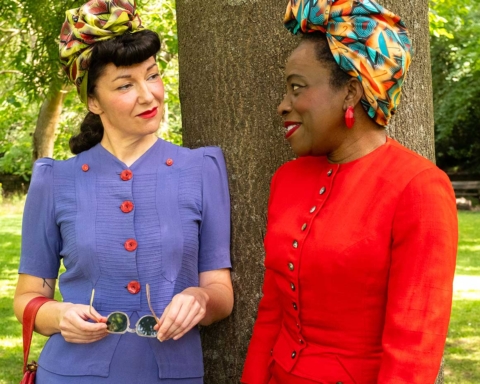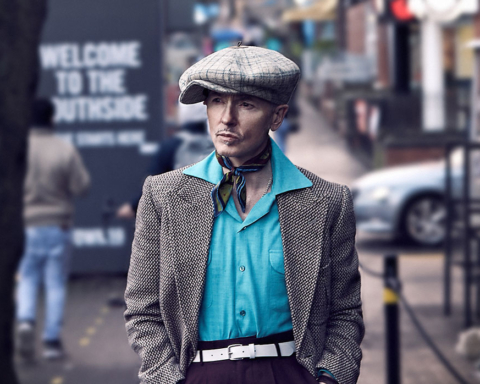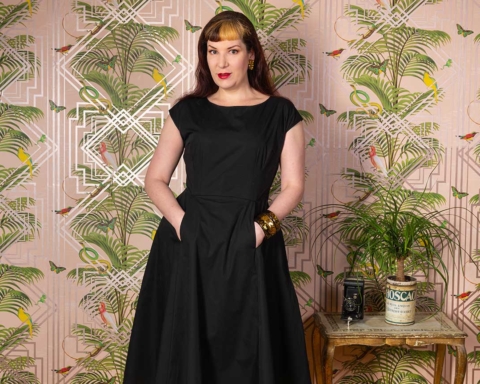The Dilemma faced by a chap when deciding what to wear during the longish hottish British summer, or when sauntering through far-flung lands, can be a sticky one. When the season finally prevents the donning of 18oz tweed three-pieces, where does one turn to find sartorial solace on sunnier days? Many modern lightweights lack the substantiability for the heavier-tailored garments favoured by the anarcho-dandy. But traditional summerweight fabrics are still available on the open market.
FrescoÔ
The first ‘air-conditioned’ material has been made in Huddersfield By the firm JJ Minnis for around a hundred and fifty years. Originally produced in weights of 14-16oz, the cloth is now available starting at 9oz. Fresco has an ‘open’ weave, which allows the air to circulate freely. The appearance resembles 3-ply mohair and it possesses a similar handle that helps to create a very sharp looking garment. It is available in a range of colours and patterns, giving plenty of options for both work and play.
Solaro
Solaro first appeared at the beginning of the last century and reached its height of popularity by the early 1920s. It was considered the wonder fabric of its day; a fabric so miraculous that it was said to ward off bout of nervous exhaustion! Solaro was also marketed by its inventors, Smith & Co, as ‘sun-proof’ – a claim that in this litigious age of ours has been downgraded to ‘sun-resistant’.
Solaro was the result of scientific research into creating a material that would protect from the harmful rays of the sun while keeping the wearer at his or her dapper best. The boffins found that, by weaving together fibres of red, blue and yellow in particular ratios, they could produce a cloth with a pleasing, irridescent beige face while having a rust red back. This was found to greatly reflect the rays of the sun, thus keeping the wearer cooler.
Solaro was the first true lightweight. At a time when 18oz was standard 12oz seemed positively weightless. It was originally intended for those in the tropics; coupled with its heat repellence, it had a very tight weave with treated fibres, which afforded a certain resistance against tropical storm showers.
At its height, Solaro was manufactured in a plethora of colours and patterns, which sadly has dwindled to just the classic beige. It is still a marvellous cloth that is eye catching, practical and would not look out of place in the souks of Morocco or at a Long Island lawn party.

Flannel
At first this may seem an odd choice for a summer weight, being more usually associated with warmer clothes. During the 1920s and 30s, flannel was worn as casual wear and sports wear in a 12oz weight. When cut as a looser fitting garment (think of the Oxford bags and the looser fitting blazers for boating and cricket) the fabric can seem remarkably cool. Cricketers and tennis players both wore white flannel trousers. The cloth really does speak of hazy afternoons on the village green.
The downside to flannels is the tendency to bag at the knees, and therefore require more regular pressing than worsted. It is generally felt that this bagging adds to the charm of the fabric. Flannel can be worn semi-formally with a navy blazer and brogues, or as a sportier look, with a lambswool coat and Fair Isle sweater. There is a reasonable selection of colours, with the classics being the grey spectrum, beige and of course white.

Linen
When one thinks of summer suiting, linen is usually the first to spring to mind. It is made from the fibres of the flax plant; its use for suiting and shirting is widespread. It is an extremely efficient conductor of heat. As with silk, it feels cool to the touch and draws heat away from the body.
Irish linens are by no means lightweight, weighing 14oz, but keep you markedly cooler than wool of the same weight. As the linen wears, it becomes more supple and fluid. Italian linens are much lighter and are suitable for extremely hot climates. In both types, the range of colours as well as the patterns are seemingly limitless. From soft pastel shades of lilac and sky blue to navy pinstripes for the office, every eventuality is covered.
When wearing linen as coats, trousers and waistcoats, either as a suit or separates, do not worry about the creases, they are what give the cloth its character. If you were to remain perfectly pressed all the time, you would need your tailor to travel with you! There is something understatedly distinguished about a battered panama and a crumpled linen suit when seen on someone sipping a Martini in Palm Beach.
The most important thing about dressing for hot weather is to keep as cool and comfortable as possible, particularly when travelling as the heat can add to minor frustrations. Looser fitting clothes in lighter colours will help a great deal. As I have tried to show, there are far more elegant options to keeping cool than simply walking around naked from the waist up, as is the wont of some gentlemen.

